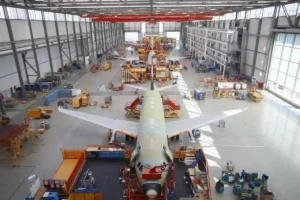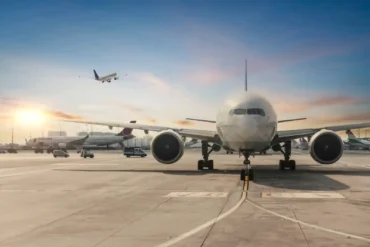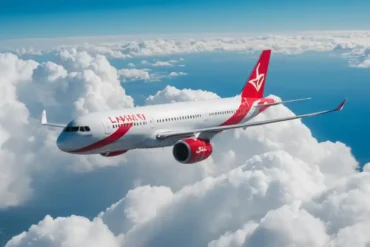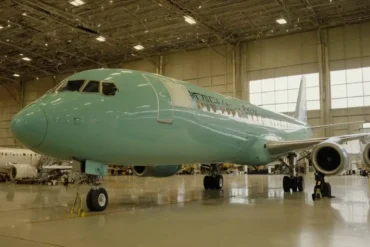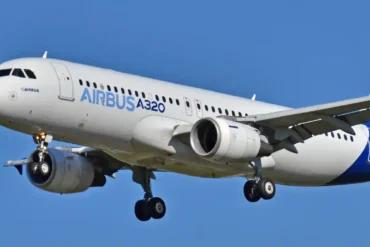When you see an airplane soaring overhead, it’s hard not to be amazed by the genius of the aviation technicians who make air travel possible. But have you ever wondered about the materials used to build these incredible flying machines? This article will give you an inside look at some of the key materials used in airplane construction and why they are chosen.
Aluminum Alloys
For many years now, aluminum alloys have been a go-to material for building airplanes. Types like 2024, 6061, and 7075 are praised for being lightweight yet strong. They also resist corrosion really well.
Why Use Aluminum for Airplanes?
Strength and Durability: Aluminum is great for making planes because it’s light but also very tough. Its excellent strength-to-weight ratio means it can handle a lot of stress without adding a bunch of weight.
Resists Corrosion: Airplanes operate in all kinds of environments, from high altitudes to humidity to saltwater. Aluminum holds up great against corrosion, which makes it perfect for these conditions.
Easy to Shape: Aluminum can be shaped and molded into all those sleek, aerodynamic curves and lines you see on planes. Its flexibility is key for crafting these intricate designs.
Affordable and Accessible: This metal is also relatively cheap and easy to obtain. For plane makers, that’s a big plus!
Titanium Alloys: Key Players in Airplane Building
You’ll also find titanium alloys used extensively when constructing airplanes. Titanium boasts an impressive mix of high strength, low weight, and top-notch corrosion resistance. It’s especially useful for parts that experience high heat or stress.
Why Use Titanium for Airplanes?
While aluminum may be the star, titanium has distinct benefits that make it a staple in planes:
Strength and Durability: Like aluminum, titanium has an awesome strength-to-weight ratio. It provides real robustness without tacking on weight.
Handles High Temps: Parts exposed to serious heat during flight rely on titanium’s ability to withstand extreme temperatures. It’s crucial in areas like jet engines.
Fatigue Resistant: Titanium holds up incredibly well against repeated stress and strain during flight. That’s vital for components that get used over and over.
Corrosion Resistant: Just like aluminum, titanium resists corrosion naturally. Essential for parts dealing with moisture at high altitudes.
Composite Materials
Composite materials also play a huge role in modern airplane construction. Composites contain reinforced fibers (like carbon or fiberglass) bound in a plastic-like resin. With their phenomenal strength-to-weight ratios, fatigue resistance, and ability to perform in extreme temperatures, composites are utilized in major structural components including wings, tail fins, and fuselages.
Steel
While lighter materials dominate, steel still finds an important place in airplanes when sheer strength and durability are needed. Landing gear and other high-stress spots often rely on steel’s rugged toughness.
Ceramic Matrix Composites (CMCs)
CMCs merge ceramic fibers within a ceramic matrix to create a super strong, heat-resistant, and lightweight material used in aircraft engines. Turbine blades and exhaust nozzles are examples of components that benefit from CMCs.
Conclusion
As you can see, material selection in airplane construction comes down to picking ones with the right properties for the demands of aviation. Aluminum alloys are treasured for their corrosion resistance and lightweight strength – perfect for building the main structures. Titanium alloys are chosen when extreme strength, heat resistance, and low weight are needed.
Composites get the nod for their awesome strength-to-weight abilities and suitability in key structures. Steel plays a role when sheer ruggedness is paramount. And CMCs provide crucial heat resistance in scorching engine components. Each material has qualities that make it just right for its intended airplane application!
